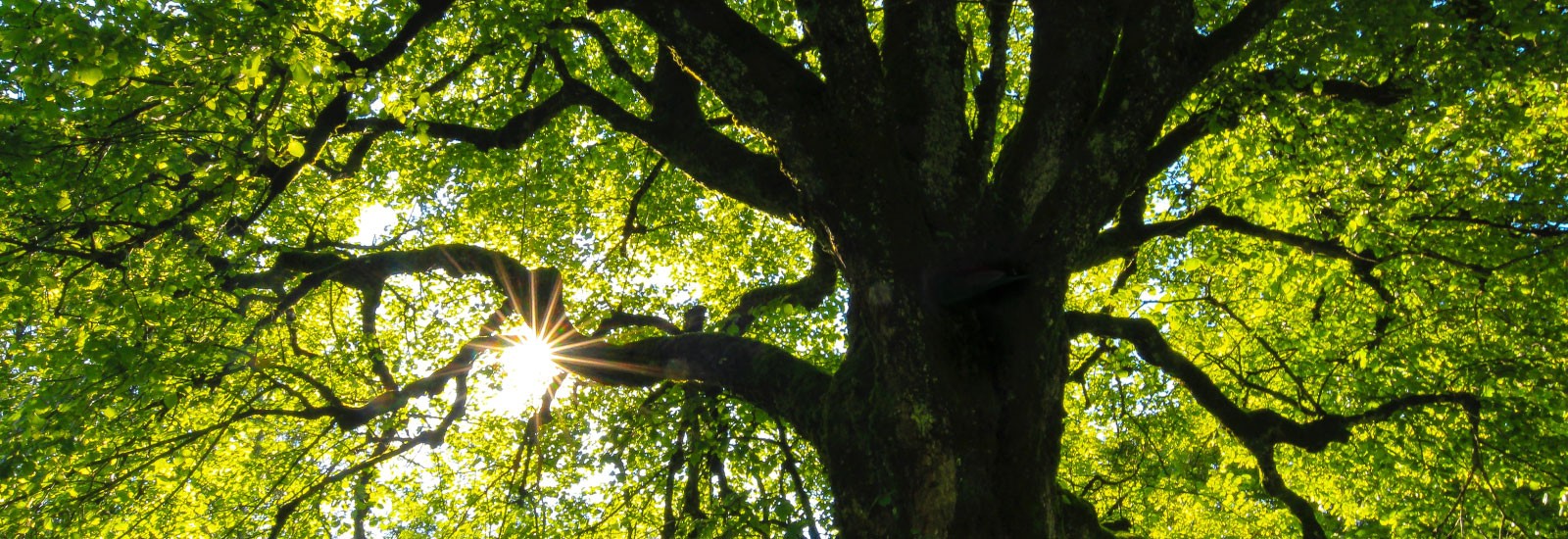COLUMBUS, Ohio—In the fight against climate change, expanding and better managing the nation’s forests are the cheapest and easiest steps to cutting carbon dioxide emissions, according to new research at The Ohio State University.
Across the United States, trees take up about 12% of the carbon dioxide that cars, planes, factories, and other sources generate every year, said Brent Sohngen, a professor of natural resources and environmental economics at Ohio State’s College of Food, Agricultural, and Environmental Sciences (CFAES).
But trees could do even more, Sohngen said—possibly taking up as much as 16% of the nation’s annual carbon dioxide emissions—nearly a one-third increase. That would happen by planting more trees across the country; allowing some existing stands to grow longer before they’re cut; and managing some stands more intensively with weed and pest control, fertilizer, thinning, and other measures, he said.
Within a decade of adding up to 7 million more acres of forests and more intensively managing 50–70 million acres of forestland, an additional 160 million tons of carbon dioxide would be taken out of the atmosphere every year, Sohngen said.
Over time, the carbon uptake potential of the trees would increase—rising to 200 million tons per year after two decades.
“It’s not just going out and sticking a bunch of trees in the ground. It’s about managing them better,” Sohngen said. “If you spend more effort keeping down the weeds and other pests, they’ll grow better, and you’ll get a better return.”
The price tag for such measures is estimated to be $8 billion per year for the next decade or two, he said.
“These costs are substantially lower than the costs some companies may face if they try to go carbon neutral all on their own,” Sohngen said, referring to the goal of some companies to offset their emissions by funding projects beneficial to the environment.
Interest in reducing the nation’s emissions of carbon dioxide has resurged since February when the United States reentered the Paris Agreement. The international treaty requires all participating countries to decrease emissions of carbon dioxide and other gases that have caused the Earth’s average temperature to rise over the past century. The first round of reductions must be achieved by 2030.
Of the 682 million acres of forestland in the United States, 43 million are intensively managed timber plantations, mostly owned by businesses and small landowners, Sohngen said. If those timbering acres were expanded by 10–20 million acres, that would not only reduce carbon dioxide emissions, but would also increase the supply of wood and wood products on the market, making them cheaper to buy, he said.
“There’s a lot of things we can build houses and furniture out of, but from a climate perspective, we’re better off doing it out of wood.”
Trees and plants, in general, take up carbon dioxide and convert the gas into carbon that’s retained in plants and soil. Plants then release oxygen, having changed carbon dioxide, one of the gases causing climate shift, into oxygen, a gas that’s beneficial.
Trees aren’t the only solution to reducing emissions of carbon dioxide. However, they could offer the least expensive boost in the fight against the warming of global temperatures, Sohngen said.
To get the same amount of reduction in carbon dioxide emissions that planting more trees and managing them better would provide would require having significantly more new renewable energy sources on the electric grid, having more people drive electric cars and hybrids, and increasing fuel efficiency in gas-run vehicles, Sohngen said.
“All of that can be done and should be done,” he said. “But that will be very expensive and take a lot of time.”
